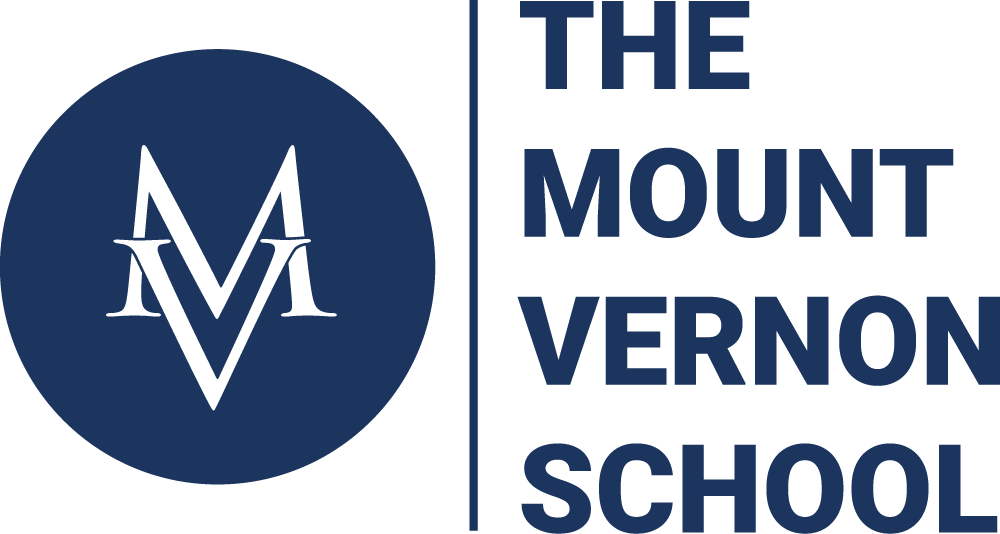As a finale to their unit on the study of time and life through geology, Grade 3 students took their learning on the road to the Fernbank Museum last week in the first Lower School expedition in more than a year and a half.
While planning their trip, the Grade 3 team’s driving question was: How are structure and function related to organisms? How and why do scientific theories change over time?
To answer these questions, on their expedition, students identified the steps of the fossilization process and the two categories of fossils: body and trace. They practiced measuring, writing descriptions, and making predictions based on scientific observations. Lastly, they drew connections between the physical traits of fossils and the appearance and ecological role (predator vs. prey) of ancient organisms.
At the Fernbank, they took a guided class on how to search for fossils, then were able to put those skills to use. Once the fossils were unearthed, the students looked at traits of their fossils, predicting their size, diet, and function.
Throughout their expedition, the students had the opportunity to tour three different exhibits:
Each exhibit gave them an inside look into how time has changed the world we live in today, and what it used to look like many years ago.
Students also had the experience of watching an IMax film at the museum that showcased the history of Antarctica, which used to be a jungle where small dinosaurs lived millions of years ago. They then compared its history to the current state of the continent as we know it today.
Throughout their geology unit, Grade 3 worked closely with Lower Campus Science and Maker teacher Constanza Pizano who specifically designed their Science Lab lessons to focus on change over time and the evidence they found.
Not only did the Grade 3 students explore the Fernbank as part of this unit, but they also took a trip across the street at Mount Vernon to discover, too.
During their unit, the students watched a video on how a football field can relate to the Earth. They had so many discoveries about the history of the Earth and the life that developed upon it, so they watched the video for a second time to collect concrete facts, fill in a diagram, and create reference points.
Grade 3 then walked across the street to the Upper Campus football field to make their own life-sized timeline.
From start to finish, this project and expedition were full of inquiry and discovery for these Mount Vernon students. Grade 3 Learning Coach Grace White shared, “We did the most and we had the best time! We were so ready to travel again.”
Where will the Mustangs explore next? Stay tuned to find out.









